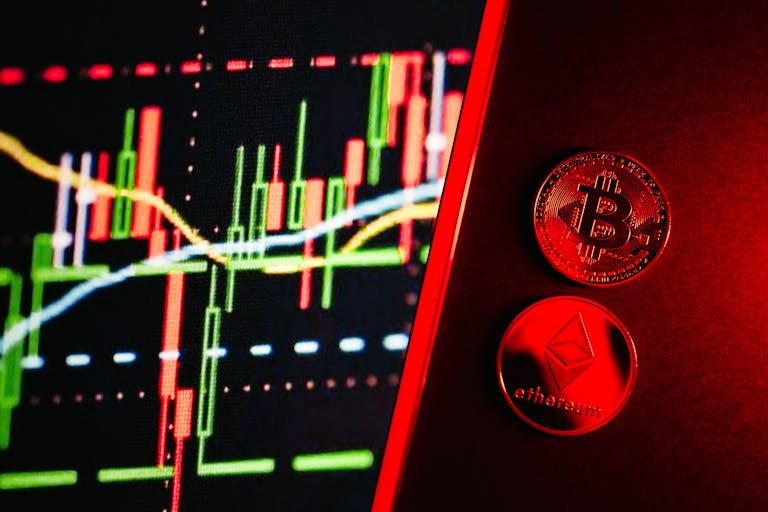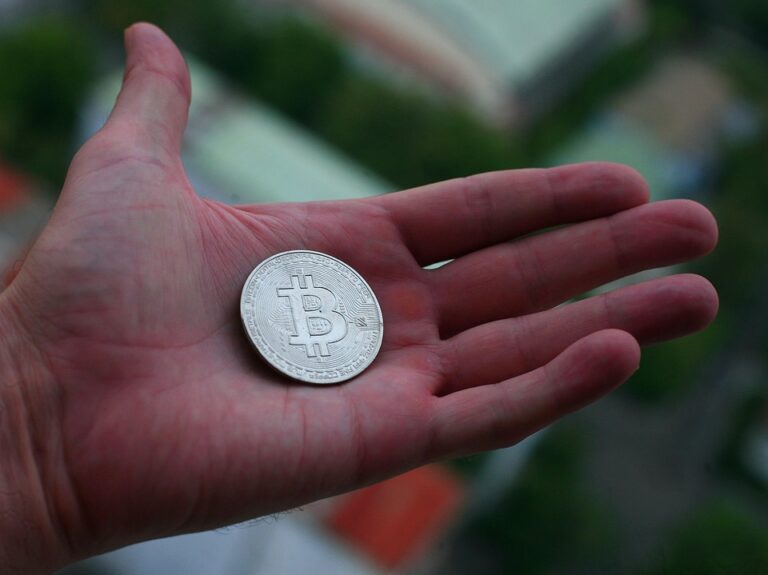Understanding Binance Cardano (ADA) Staking Returns: A Comprehensive Guide
Introduction to Cardano and Staking
Cardano (ADA) is a third-generation blockchain platform designed to offer a secure, scalable, and sustainable environment for decentralized applications and smart contracts. Unlike Bitcoin’s proof-of-work model, Cardano uses a proof-of-stake (PoS) consensus mechanism called Ouroboros, which allows users to stake their ADA to support network security and validate transactions. Staking rewards are distributed to participants based on their contribution to the network, making it an attractive way to earn passive income while supporting the ecosystem.
How Staking Works on Cardano
In Cardano’s PoS system, users don’t need to run a full node to stake. Instead, they can delegate their ADA to a stake pool—a group of validators that work together to produce blocks. Stake pools collect a fee (typically 1-10%) and distribute the remaining rewards to delegators. The more ADA you stake, the higher your potential rewards, though the exact amount depends on network dynamics like total stake, block production efficiency, and pool fees.
Binance’s Role in ADA Staking
Binance, one of the world’s largest cryptocurrency exchanges, offers a custodial staking service for Cardano (ADA). This allows users to stake their ADA directly from their Binance accounts without needing a separate wallet. Binance employees a network of stake pools that aggregate user stakes, simplifying the process for those who prefer a user-friendly platform. However, it’s important to note that custodial staking involves entrusting assets to the exchange, which may carry risks, albeit mitigated by Binance’s security measures.
Binance ADA Staking Overview
Binance’s ADA staking program enables users to earn rewards by locking their ADA in a designated pool. The platform typically refers users to its Binance Staking pool, which contributes ADA to the Cardano network. While Binance manages the technicalities, users retain ownership of their tokens but may face limitations in pool selection compared to non-custodial solutions.
Calculation of Staking Rewards
Cardano’s staking rewards are calculated using a formula that considers:
- Total ADA in the network
- Number of active stake pools
- Pool performance (e.g., block production reliability)
- Pool fees (usually 1-10%)
Binance’s staking rewards are based on the same principles. However, fees and distribution methods may vary by platform. For example, Binance’s staking program might deduct a small fee from the rewards, which is then shared with the stake pool operators.
Current APY and Factors Affecting It
As of late 2023, the annual percentage yield (APY) for ADA staking on Binance typically ranges between 5.2% to 6.5%. However, this rate is variable and influenced by:
- Network inflation rate: Cardano’s inflation targets around 7% annually, which affects total rewards.
- Pool saturation: If too many users stake with a single pool, rewards per ADA may decrease.
- Market dynamics: Token price fluctuations can impact the dollar value of rewards, even if the APY remains stable.
Users should check Binance’s official staking dashboard for real-time APY figures, as rates can change with network activity and pool performance.
Benefits of Staking on Binance
- Convenience: No need to manage a separate wallet or run a node.
- Accessibility: Ideal for beginners or those unfamiliar with blockchain operations.
- Rewards: Earn passive income with minimal effort.
- Integration: Streamlined process for users already on Binance’s platform.
Risks and Considerations
- Custodial Risks: While Binance is secure, centralizing funds on an exchange carries theoretical risks (e.g., hacking, regulatory changes).
- Locking Periods: Staked ADA may be locked for a set period, and premature withdrawal could result in lost rewards or penalties (e.g., after a slashing event).
- Variable Rewards: APY fluctuates, so returns may vary.
- Pool Selection: Binance’s built-in pool might not always offer the best returns; users should research alternative pools if possible.
Steps to Stake ADA on Binance
- Enable Staking: Access the "Staking" section on Binance and select ADA.
- Choose a Pool: Binance may recommend a pool, but users can sometimes select others.
- Delegate Your ADA: Enter the amount you wish to stake and confirm.
- Receive Rewards: Rewards are distributed periodically, often every 5 days, and credited to your Binance account.
Comparison with Other Staking Platforms
- Non-Custodial Wallets (e.g., Daedalus, Yoroi): Offer greater control and potentially better pool selection.
- Other Exchanges (e.g., Kraken, Coinbase): May provide different APYs or features, but Binance’s interface is often more straightforward.
- Performance Metrics: Smaller, high-performing pools may offer better returns, while larger pools might have higher reliability but lower yield due to saturation.
Conclusion
Binance’s ADA staking program is a convenient way for users to earn rewards without technical barriers. While the APY is competitive, it’s crucial to balance ease of use with the potential for higher returns from alternative methods. Always research the network’s current conditions, understand the risks of custodial staking, and consider diversifying your approach. As the Cardano ecosystem evolves, staying informed about changes in staking mechanics and APY will empower users to maximize their passive income opportunities.
Note: Staking returns are subject to change based on network conditions. For the most accurate and up-to-date information, refer to Binance’s official documentation and the Cardano network’s performance metrics.






